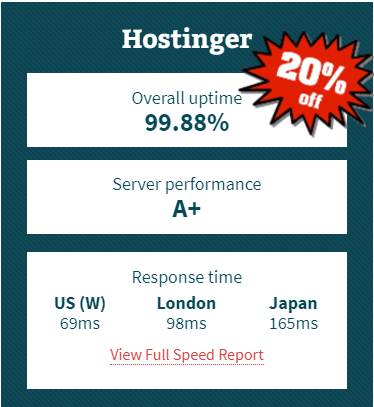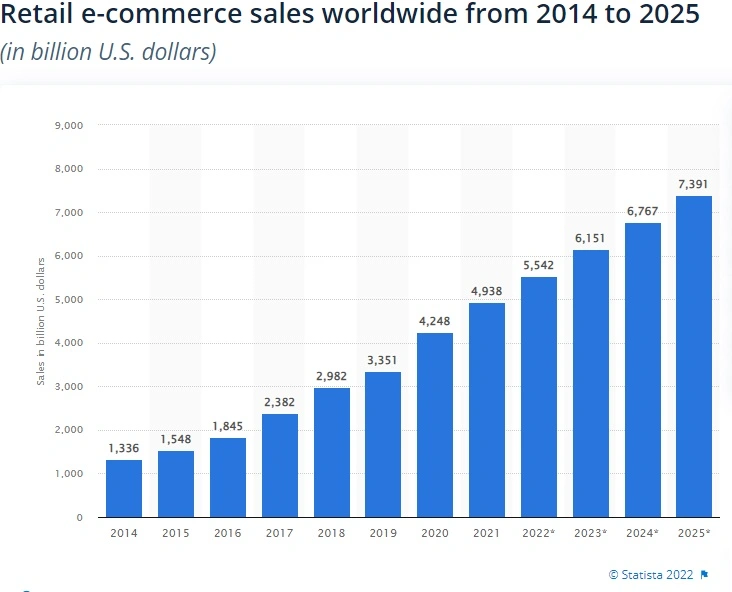- Richard de Haan
- Business Automation, Business Growth, Business Strategy, Business Tools, Digital Marketing, E-commerce Tips, Entrepreneur Tips, Marketing Strategies, Online Business, Online Entrepreneurship, Online Store Management, Online Success, Professional Business Practices, Remote Business
- 0 Comments
- 217 Views
As of 2021, there were approximately 15 million home-based businesses in the United States, accounting for 60% of all businesses in the country. The home business sector has been growing steadily, with 69% of entrepreneurs citing lower overhead costs as one of the main advantages of operating from home. The rise of digital tools and eCommerce has also contributed to this growth, as more individuals shift towards running online businesses. Source: Small Business Trends (2021).
However, knowing how to navigate this vast landscape requires more than just setting up a website. You need to approach it strategically, making use of modern tools, understanding key metrics, and adapting to ever-changing technologies.
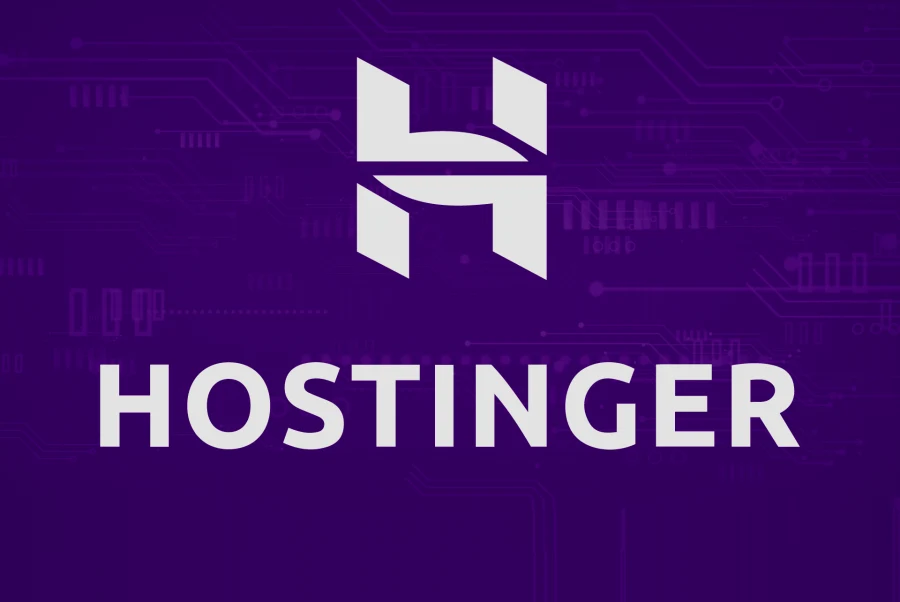

This comprehensive guide will walk you through how to run a business online like a pro, answering common questions that many people have when they’re starting or growing their online businesses.
1. What Are the Steps to Run a Business Online Like a Pro?
Running a business online requires thoughtful planning, execution, and continuous improvement. Below are the key steps that any entrepreneur should consider to run a business online effectively:
Step 1: Create a Business Plan
Before diving into the logistics, it’s important to have a solid business plan. This includes defining your business model (e.g., e-commerce, SaaS, consulting), identifying your target audience, and laying out marketing and financial strategies.
Your business plan should also outline your unique selling proposition (USP), how you will source products or services, and what channels you will use to reach your customers.
Step 2: Build Your Online Presence
Establish a professional online presence that represents your brand. This includes:
- Creating a website: Your website should be user-friendly, mobile-optimized, and designed with your customer journey in mind. According to a survey by Clutch, 64% of small businesses have a website.
- Setting up social media profiles: Engage with your audience on platforms like Facebook, Instagram, Twitter, and LinkedIn, depending on where your target market is most active.
- Utilizing SEO best practices: Search engine optimization (SEO) will help your website rank higher on Google and other search engines, driving organic traffic.
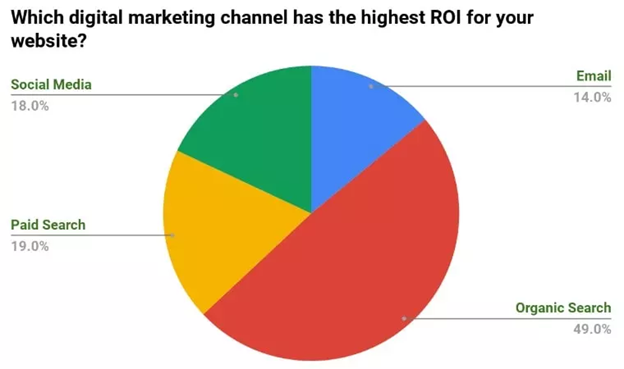
SEO Best Practices in 2025
1. Create People-First Content
2. Create People-First Content
3. Technical Web Development
4. Internal and External Linking
5. Build Out Content Clusters
6. Choose the Right Keywords
7. Human Writers Over AI
8. E-E-A-T (Experience, Expertise, Authoritativeness, and Trust)
9. Think Beyond Blue Links
10. Build Up Your Brand
11. Test the keyword usage, CTA placement and text, URL Structure, content Types, etc.
12. Run PPC Ads to supplement your SEO strategy
Step 3: Implement E-Commerce Solutions
For businesses selling products or services online, it’s important to have a seamless e-commerce system. Popular platforms like Shopify, WooCommerce, and BigCommerce offer customizable solutions for selling online. Ensure your payment gateway is secure and your checkout process is simple.
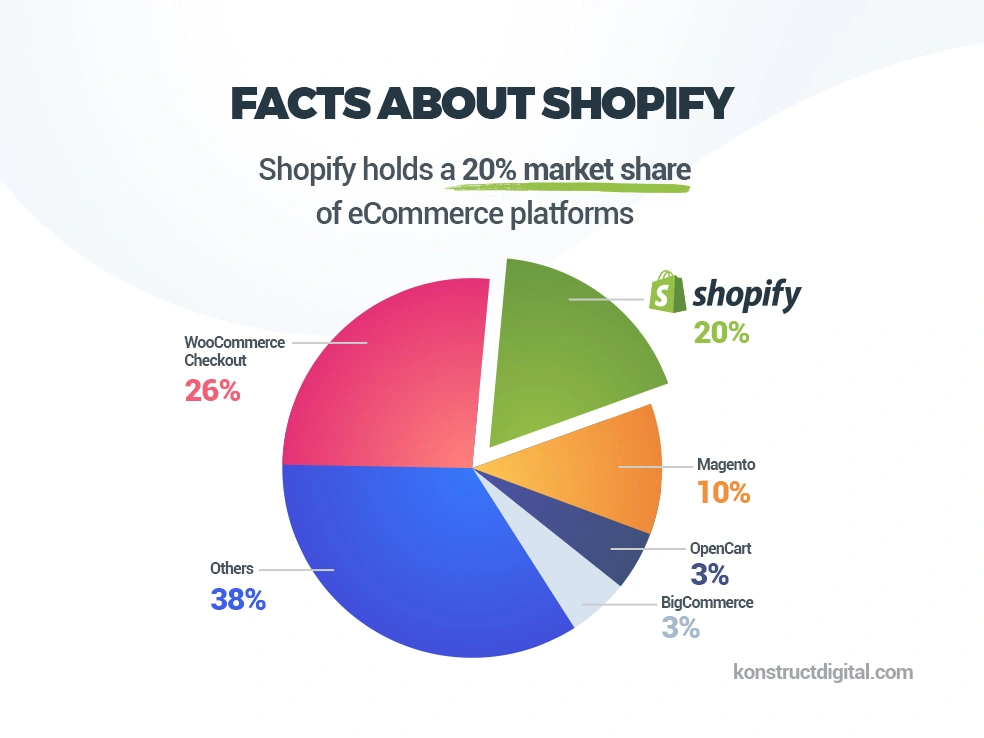
Step 4: Digital Marketing and Analytics
Once your website is live, you need to market it. Leverage digital marketing strategies like:
- Email marketing: According to Campaign Monitor, email marketing has an ROI of 4400%.
- Social media advertising: Platforms like Facebook and Instagram allow highly targeted advertising that can help increase sales.
- Google Ads and SEO: Paid advertising through Google AdWords or organic SEO helps you capture more leads.
Finally, utilize analytics tools like Google Analytics to monitor your performance and make data-driven decisions.
Step 5: Optimize and Scale Your Business
Once your business is up and running, always look for opportunities to optimize. This could be improving your website’s user experience (UX), enhancing your product offerings, or exploring new marketing channels. Automation tools for customer service (e.g., chatbots), social media management (e.g., Hootsuite), and email marketing (e.g., Mailchimp) can help scale your business efficiently.
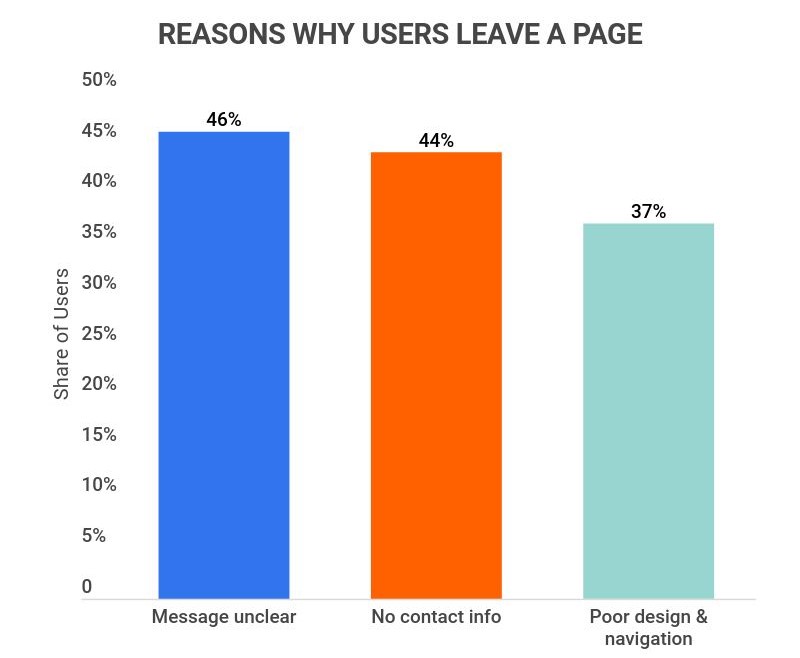
2. How Do You Start an Online Business with No Money?
Starting a business online with limited funds can be challenging, but it’s certainly possible. Here are some practical strategies to help you get started.
Leverage Free Tools and Resources
There are a plethora of free tools available for entrepreneurs:
- Website Builders: Platforms like WordPress, Wix, and Weebly offer free versions to help you build a website.
- Social Media Platforms: Facebook, Instagram, and Twitter are all free to use and essential for building brand awareness.
- Google Analytics & Google Search Console: Both tools are free and help track traffic, performance, and SEO optimization.
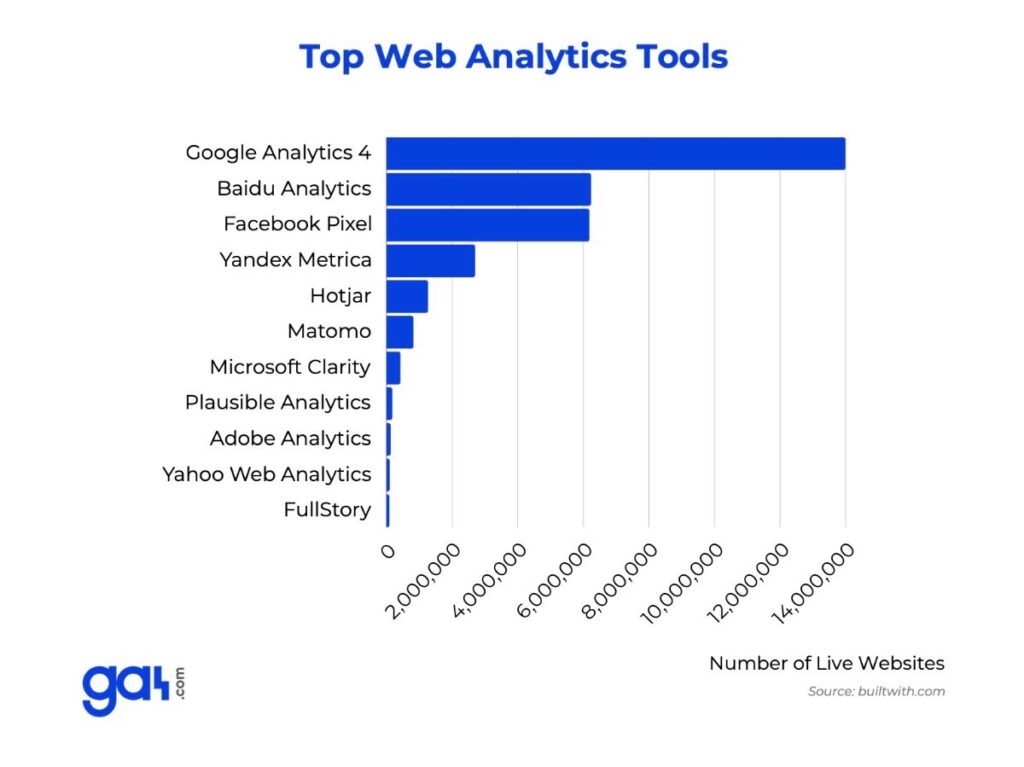
Start with a Service-Based Business
If you’re starting with no money, offering a service can be a great option. Services like consulting, freelance writing, web design, or virtual assistance require little to no upfront cost and can be scaled with time.
Use Dropshipping
In e-commerce, dropshipping allows you to sell products without holding inventory. You can partner with suppliers who ship the product directly to your customer. This removes the need for capital investment in stock.
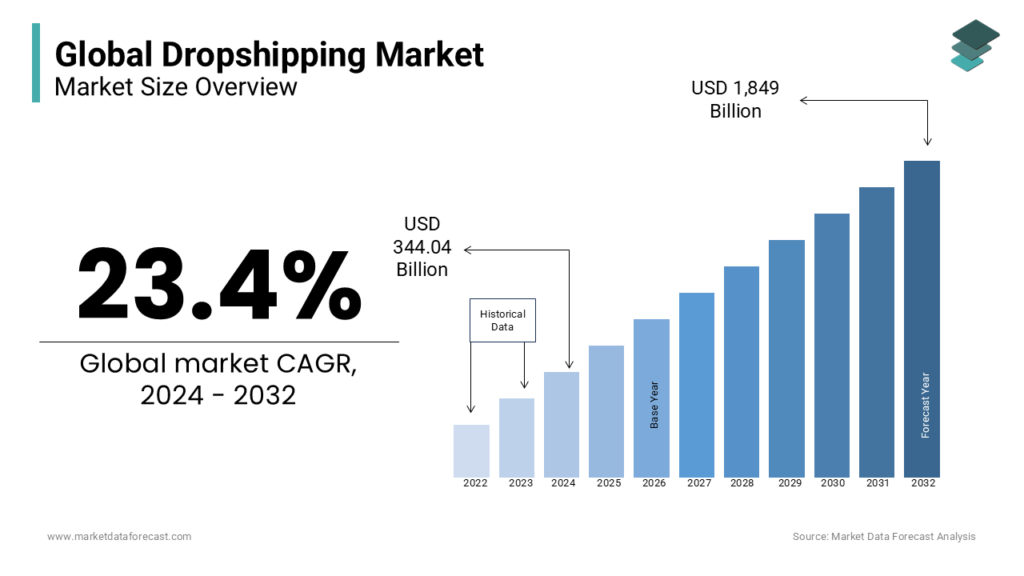
Crowdfunding
Crowdfunding platforms like Kickstarter or GoFundMe can help you raise initial capital if you have an innovative business idea. You can present your business concept, and backers will fund you in exchange for early access to your product or other incentives.
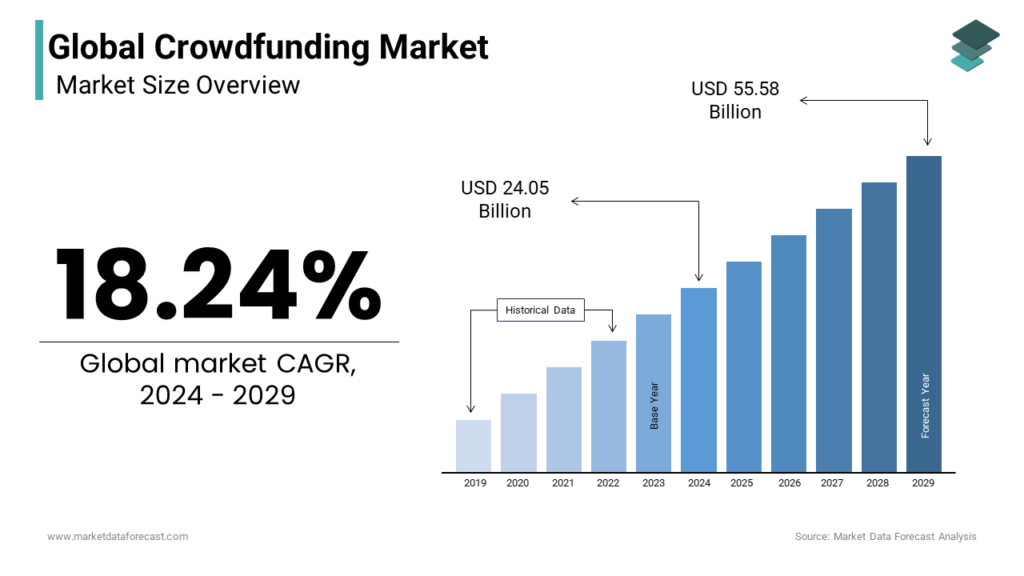
3. How Much Does It Cost to Run a Business Online?
Website Costs
It may be hard to believe, but more than one-third of small businesses still don’t have a website. In fact, 13% depend solely on a Facebook page or Twitter account to establish their online presence. Additionally, 28% of business owners feel a website isn’t necessary for their business, while 20% cite cost as the main reason they haven’t created one.
Building and hosting your website can range from $5 to $50 per month, depending on the platform you choose. For example:
- WordPress hosting could cost $5-25/month with a domain name typically costing $10-20 per year.
- E-commerce platforms like Shopify may cost $29/month for basic plans.
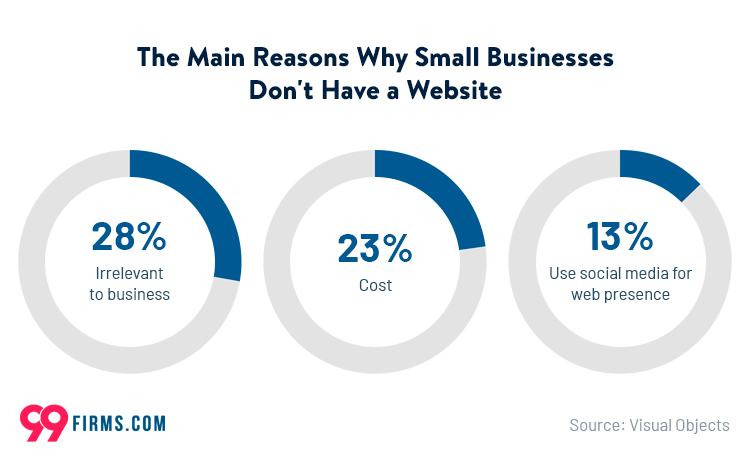
Marketing Expenses
Marketing is an essential part of running an online business. While organic methods like SEO and social media are free, paid advertising can quickly add up. On average, businesses spend between $200 and $1,000 per month on online ads (depending on the scale). A survey by Statista found that global digital ad spending reached $500 billion in 2023 and is expected to grow.
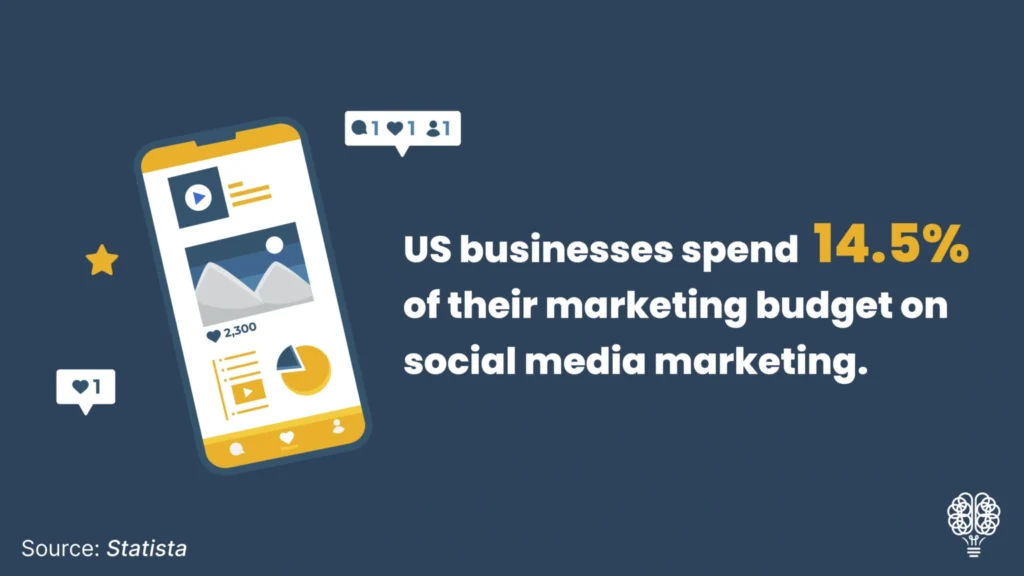
Software and Tools
There are various tools for managing your business, including email marketing services, CRM (Customer Relationship Management) systems, and project management tools. Monthly subscriptions for these tools can cost:
- Email marketing tools like Mailchimp: $10 to $100 per month.
- CRM tools like HubSpot: Free basic plan, but the premium plan can go up to $1,200/month.
- Project management tools like Trello or Asana: Free for small teams, paid plans may cost $10-20 per user.
Transaction Fees
If you sell products online, you’ll likely pay transaction fees. Platforms like Shopify charge around 2.9% + 30¢ per transaction, while PayPal charges around 2.9% for standard transactions. Here’s a quick overview of how they stack up:
| Criteria | Shopify | Paypal |
|---|---|---|
| Fees | ❌ Shopify Payments has lower per-transaction rates (2.4%-2.9% + 0¢-30¢) but the monthly membership costs ($39-$399) can be significant | ✅ PayPal’s per-transaction fees (2.29%-5.4% + 9¢-30¢) may be higher (these can be discounted based on sales numbers) but there are no monthly membership costs |
| Processing and Payout | ✅ 3 days | ❌ 5-7 days |
| Chargeback and Disputes | ✅ Faster dispute resolution (up to 60 days) and lower chargeback fee ($15 each) | ❌ 75-day dispute resolution process and $20 chargeback fees |
| Security | ✅ PCI-compliant | ✅ PCI-compliant |
| Integration and Set up | ❌ Only works with Shopify stores | ✅ Works on many platforms, including Shopify |
| Customer service | ✅ 24/7 live rep support | ❌ 24/7 support (not live) |
| Where it can be used | ❌ 23 countries | ✅ More than 200 countries |
4. What Are the Best Tools for Running a Business Online?
There are a variety of tools that can help streamline your online business operations, from managing inventory to communicating with customers. Here are some essential ones:
E-Commerce Platforms
As of 2023, the maximum number of Shopify stores are available in the United States of America with above 2.68 billion online businesses.
- Shopify: Offers a comprehensive suite of tools for setting up and managing an online store. It’s user-friendly and integrates well with various payment gateways.
- WooCommerce: Ideal for WordPress users. It offers flexibility and a vast selection of plugins to customize your store.
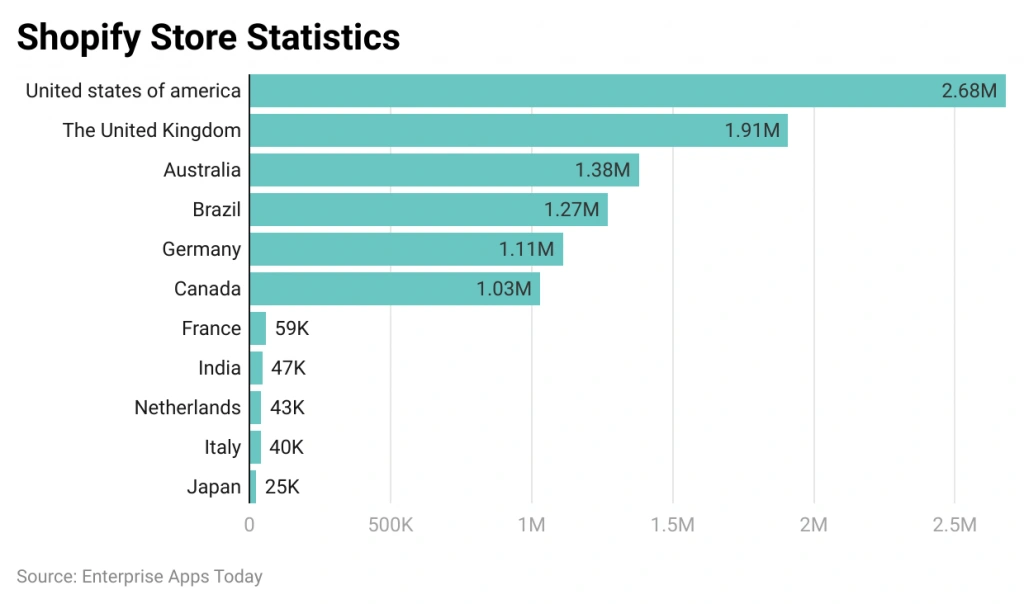
Email Marketing
According to Sandeep Mallya, the Founder & CEO of Startup Cafe Digital, the clear winner among Sendinblue, Mailchimp, and ConvertKit is Sendinblue.
Mailchimp comes very close, but its deliverability is a major drawback, as ultimately, we all need our emails to reach their destination. However, if advanced reporting capabilities are important to you, Mailchimp is still worth considering.
On the other hand, ConvertKit is intuitive, user-friendly, and offers impressive automation features, making it an ideal choice if you’re focused on managing a single subscriber list and don’t need to handle clients’ email marketing needs.
- Mailchimp: One of the most popular email marketing platforms, offering automation and analytics tools to help you grow your customer base.
- ConvertKit: Great for creators and bloggers, it provides easy-to-use automations and segmentation.
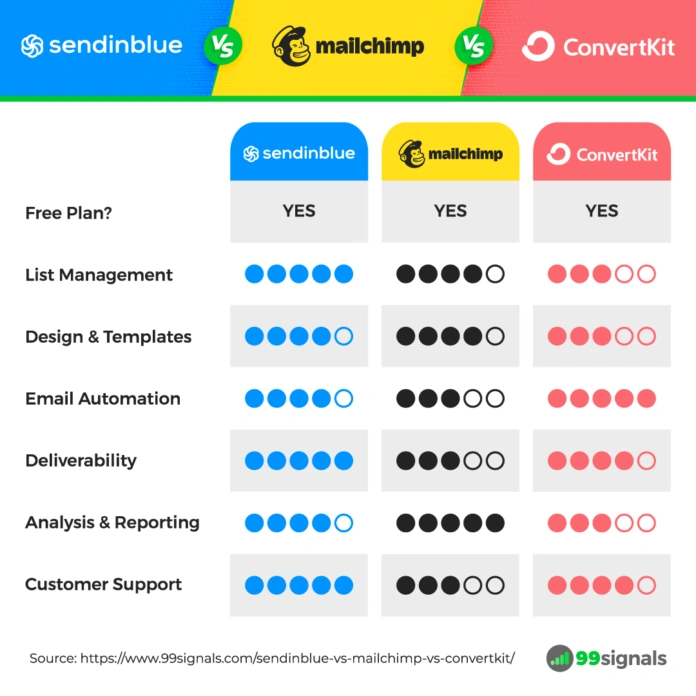
SEO Tools
The table data below, sampled in July 2024, provides a quick glimpse into how Semrush’s basic pricing plan (PRO plan) compares with Ahrefs’ pricing plan (Lite plan):
- Ahrefs: A powerful tool for keyword research, backlink analysis, and competitor analysis.
- SEMrush: Offers comprehensive SEO tools, including keyword tracking, site audits, and social media monitoring.
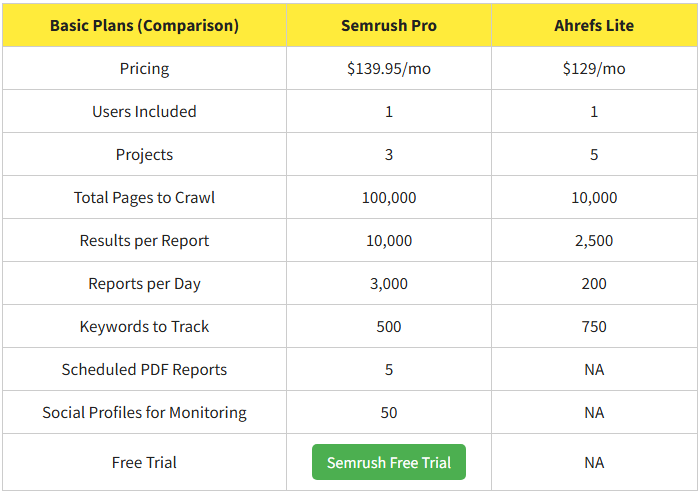
Analytics Tools
Analytics tools are software platforms that help businesses collect, analyze, and interpret data to make informed decisions. These tools track key performance indicators (KPIs), user behavior, and other important metrics across websites, apps, and marketing campaigns.
By providing insights into customer preferences, trends, and operational efficiency, analytics tools enable businesses to optimize their strategies, improve performance, and achieve growth. From tracking website traffic to measuring social media engagement, these tools play a crucial role in data-driven decision-making and overall business success.
- Hotjar: Provides heatmaps and session recordings to show you how users interact with your website.
- SEMrush: Offers comprehensive SEO tools, including keyword tracking, site audits, and social media monitoring.
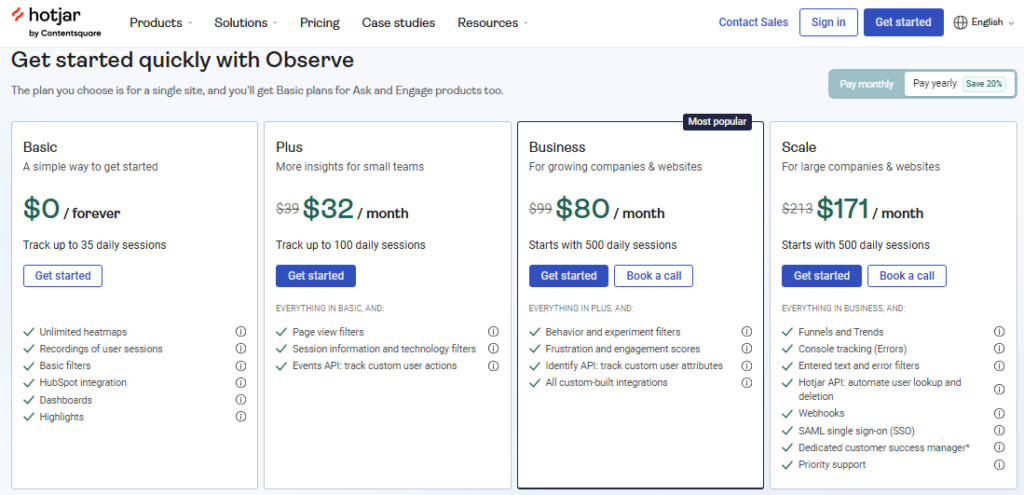
Customer Service Tools
Customer service tools are software solutions designed to help businesses manage and improve their interactions with customers. These tools enable companies to provide efficient support through various channels, such as live chat, email, phone, and social media.
They often include features like ticket management, knowledge bases, chatbots, and analytics to streamline communication, track customer issues, and enhance overall service quality. By leveraging customer service tools, businesses can improve customer satisfaction, resolve problems faster, and build stronger relationships with their audience.
AI Agents, also known as intelligent virtual assistants (IVA), virtual agents, and digital employees, allow businesses and customers to interact in a conversational manner. These conversations, powered by the latest AI and machine learning, are human-like and sound natural.
A key differentiator between AI agents and chatbots software is the nature of the conversation conducted. Chatbots are typically scripted and cannot understand multiple intents. Frequently, they rely on menu bars and have limited ability to understand users' inputs. This contradicts AI agents, which understand a range of different intents from a singular utterance. They can interpret responses they are not explicitly programmed for by using natural language processing (NLP).
With machine learning (ML) and deep learning, AI agents can grow intelligently, understand a wider vocabulary and colloquial language, and provide more precise and correct responses to requests. In addition, they can provide personalized answers based on segmentation or other information provided. They are often focused on a particular job role or use case, such as marketing, customer service, and sales.
This type of software has the ability to use the human’s output as an input to drive automation, such as updating business systems like CRM software. They perform these tasks and other forms of autonomy without being programmed explicitly to do so. To qualify for inclusion in the AI Agents category, a product must:
- Understand a conversational request by using NLP or speech recognition
- Give users the ability to customize the AI agent
- Provide tools to analyze conversations via dashboards or reports
- Have the ability to route conversations to a human
- Allow for human-in-loop capabilities to ensure accuracy and viability of AI agent
- Engage in advanced automation, through AI and integrations, with some level of autonomy
Grid® Report for AI Agents | Winter 2025

- Zendesk: A great customer service platform with multi-channel support (email, chat, etc.) and ticket management features.
- Intercom: Offers messaging and live chat capabilities, providing real-time support to your customers. Intercom's Fin is the first AI agent that delivers human-quality service and can handle your entire frontline support. Use Fin on your existing platform, or Intercom’s complete AI-first customer service platform.
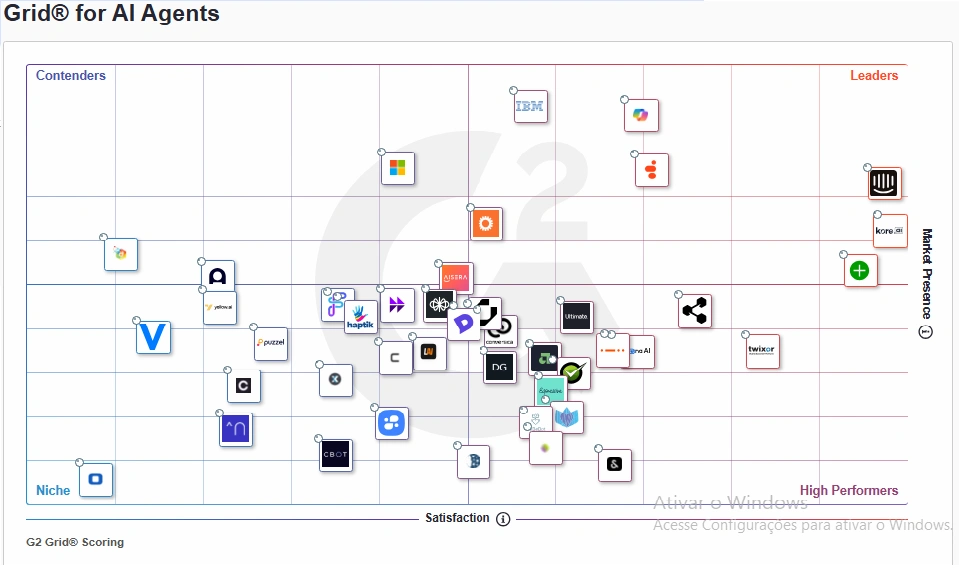
5. How Do I Manage My Business Operations Efficiently?
Running a business online requires streamlined operations to avoid bottlenecks and ensure productivity. Here’s how to manage your online business like a pro.
Automate Routine Tasks
Use tools like Zapier or Integromat to automate repetitive tasks. For example, you can set up workflows to automatically add new customers from your e-commerce store to your email marketing list.
Use Project Management Tools
Organize and track tasks using project management tools like Trello, Asana, or Monday.com. These platforms allow you to collaborate with teams, track progress, and set deadlines for tasks.
Outsource and Delegate
Hiring virtual assistants, freelance experts, or using outsourcing platforms like Upwork can help you focus on high-priority tasks while delegating others.
Monitor Key Metrics
There are a variety of tools that can help streamline your online business operations, from managing inventory to communicating with customers. Here are some essential ones:
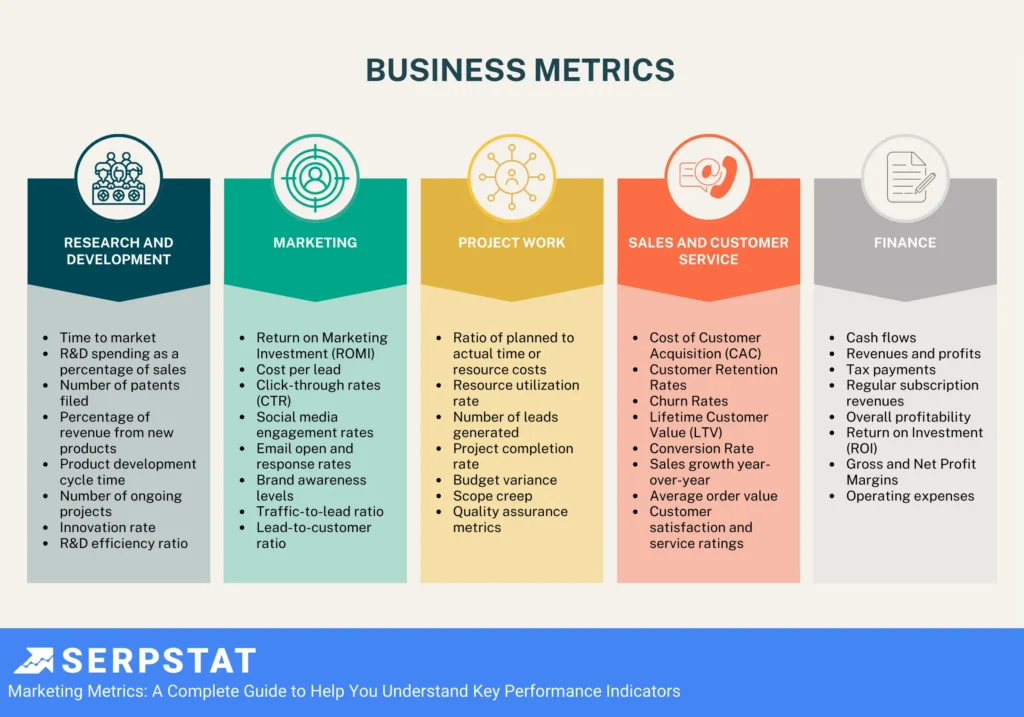
5. How Can I Scale My Business Online?
Scaling an online business involves more than just increasing sales; it’s about managing growth and increasing efficiency. Here are some strategies to scale effectively:
Expand Your Product or Service Range
Offer complementary products or services to increase your revenue streams. For example, if you sell eco-friendly products, you could expand your range to include eco-friendly home goods or beauty products.
Invest in Paid Advertising
Paid ads on platforms like Google, Facebook, and Instagram can drive traffic to your website and help you scale quickly. Start by testing ads on a small budget and gradually scale as you optimize.
Use Data to Optimize Operations
Track customer behavior and sales trends using analytics tools. Understanding what works can help you make informed decisions about inventory management, marketing strategies, and website optimization.
Build a Team
Conclusion
Track customer behavior and sales trends using analytics tools. Understanding what works can help you make informed decisions about inventory management, marketing strategies, and website optimization. Running a business online like a pro involves much more than just setting up a website or opening an online store.
By developing a comprehensive strategy, utilizing the right tools, understanding key metrics, and continuously optimizing, you can build and scale a successful online business. With the right approach, you’ll be able to thrive in the digital economy, even in the face of competition and market changes.


